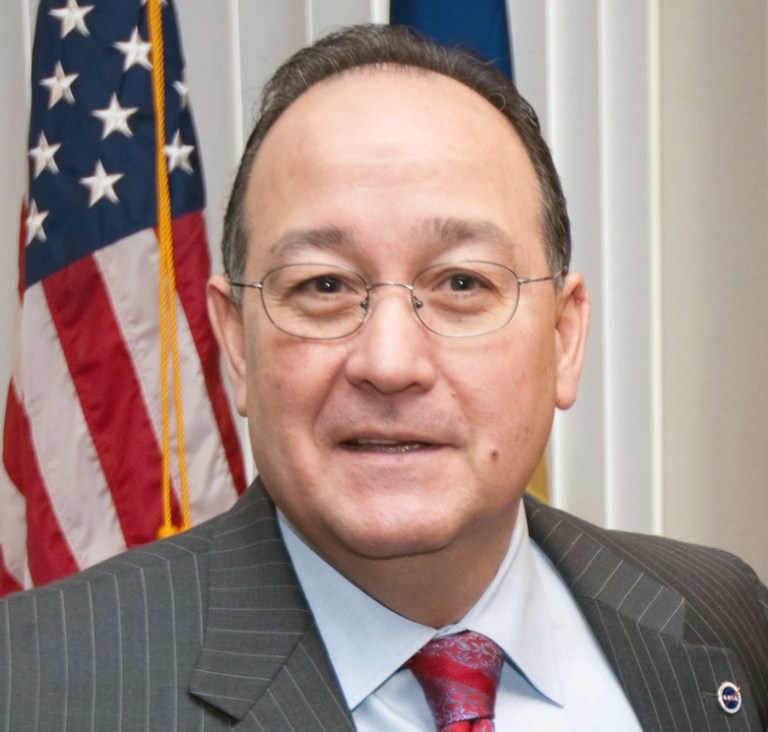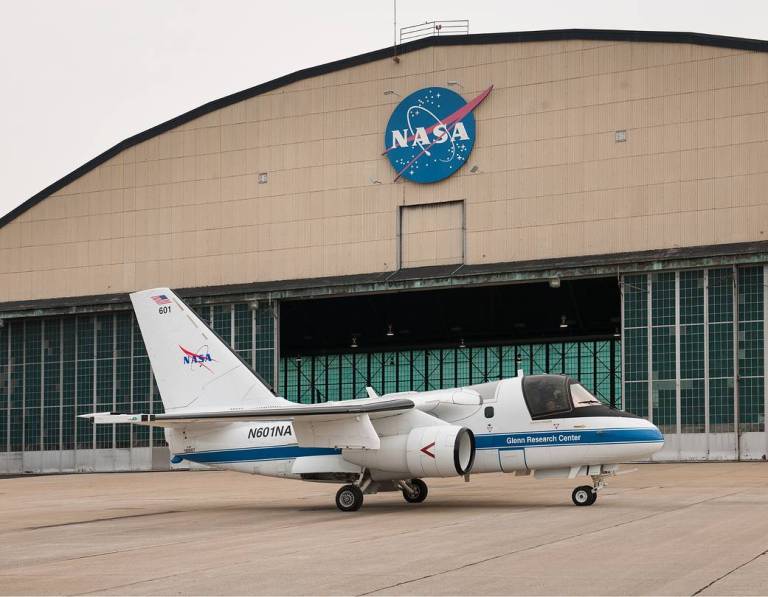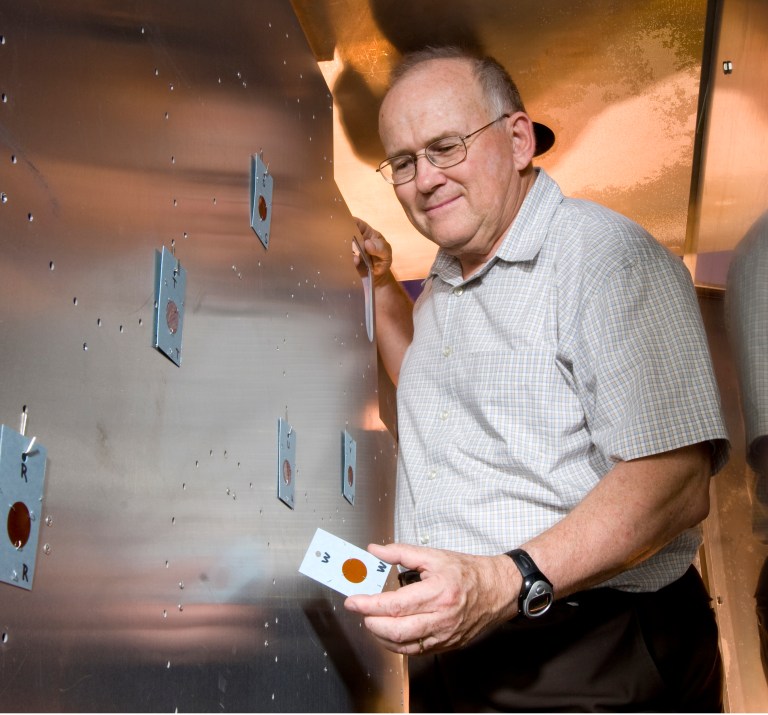
Ramon Lugo III
Former Director, Glenn Research Center (Jul. 2010–Dec. 2012)
Ramon “Ray” Lugo III served as center director at NASA’s Glenn Research Center from July 18, 2010 through December 2012. Lugo spent much of his brief tenure as Glenn director preparing the center to weather impending federal budget cuts and structure its activities to be equipped for future changes in agency direction.
Lugo, whose family is from Puerto Rico, was born in northern Maine and spent most of his youth in Florida. He joined NASA’s Kennedy Space Center (KSC) as a co-op student in 1975 while earning his Bachelor of Science degree in engineering from the University of Central Florida (1979). During this period, Lugo was responsible for modifying KSC’s Launch Complex 39A in preparation for the first space shuttle launch.
Lugo went on to earn his master’s degree in engineering management from the Florida Institute of Technology in 1982 and moved through a series of managerial positions at KSC. He served as executive director of the Cape Canaveral Spaceport Management Office, director of Expendable Launch Vehicle Services, manager of the Facilities and Support Equipment Division in the Space Station Project Office, and chief of the business office in the Joint Performance Management Office. In 2002 Lugo was named deputy manager of the Launch Services Program where he managed all KSC launch activities.
In a major career transition, Lugo was named deputy director at NASA Glenn in November 2007. Lugo was part of cadre of new faces appointed to key center leadership positions by Director Woodrow Whitlow. Whitlow, who had worked with Lugo at KSC, noted, “He’s an outstanding engineer and a great strategic thinker with lots of energy.” At the time, Glenn was in the midst of work on a number of programs to support NASA’s Constellation Program.
Following the termination of the Constellation Program and Whitlow’s transfer to NASA Headquarters, Lugo was tapped in March 2010 to serve as acting center director. He was responsible for coordinating the center’s participation in the agency’s new Exploration Technology Development and Demonstration Program and the Space Technology Research Grants effort, as well as increased green and NextGen aviation research.
On July 18, 2010, Lugo formally became Glenn’s center director. He was the center’s first Hispanic director. Lugo elucidated his philosophy in 2011. “NASA is blessed with plenty of brain power. If I could guide the brain power and provide the needed resources and support, no problem was too hard.”
At the time, the center faced an array of hard problems, including the cancellation of Constellation, continual agency budgetary concerns, and a series of threatened government shutdowns. A 2011 Congressional bill mandated automatic budget reductions across the government (sequestration) if federal spending was not reduced. Lugo led Glenn’s efforts to prepare for these reductions by streamlining management activities, reducing the number of contractor positions, and decreasing facilities maintenance.
Lugo also brought in a team of external consultants who recommended that the center consolidate its wide array of research activities. As a result, he began reorganizing the center in 2012 around four core competencies: propulsion, space power, communications, and materials. The consolidation of research activities was intended to make the center impervious to shifting agency priorities. The effort included the controversial step of disbanding the Research and Technology Directorate.
Lugo also instituted a new strategic action plan built around establishing better relationships, aligning constrained resources, taking control of the center’s destiny, and driving a culture of responsibility. To keep the center prepared for any scenario, the plan was purposely not tied directly to any specific agency program or architecture.
Work on Glenn’s facilities master plan continued during Lugo’s term with groundbreaking for the Research Support Building, construction of a new main gate facility, and the relocation of the NASA Glenn Visitor Center to the Great Lakes Science Center.
Glenn received a boost in the fiscal year 2011 and 2012 budgets that allowed new work on solar electric propulsion, cryogenic fluid transfer, and a number of other technologies. In addition, Glenn’s Space Communications and Navigation (SCaN) Testbed was installed on the space station in July 2012.
On November 16, 2012, Administrator Charlie Bolden announced that Lugo would be retiring effective January 1, 2013. It would be up to his successor, James Free, to complete the reorganization.
Lugo serves as director of the Florida Space Institute and was named a senior advisor at the Bill and Melinda Gates Foundation. He has earned two NASA Exceptional Achievement Medals, and the NASA Outstanding Leadership Medal. He also received a Presidential Rank Award in 2008.
Additional Resources



























